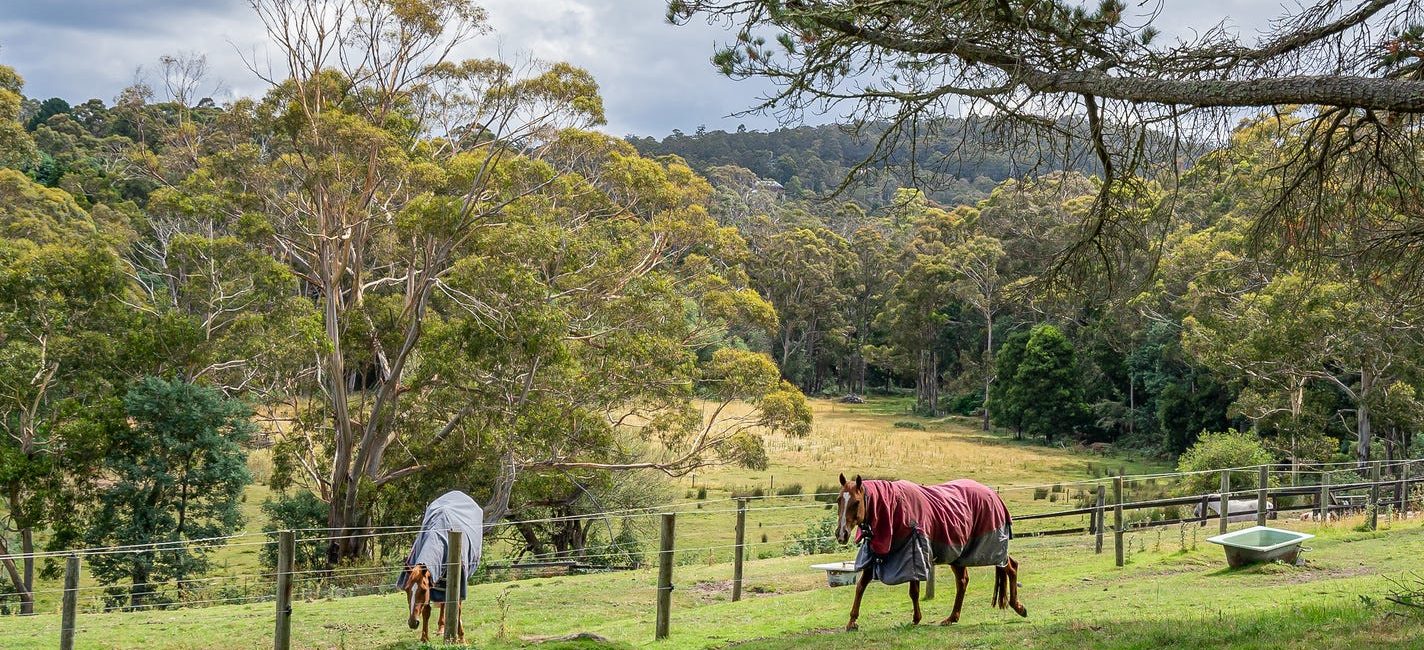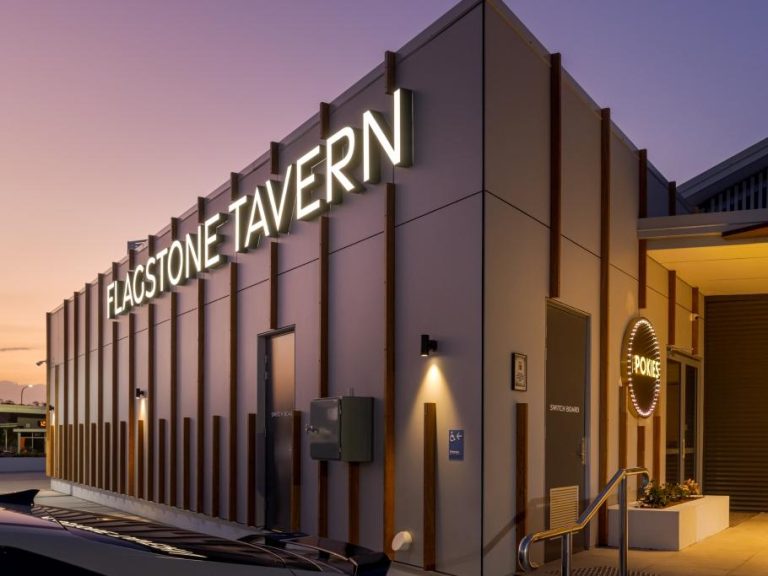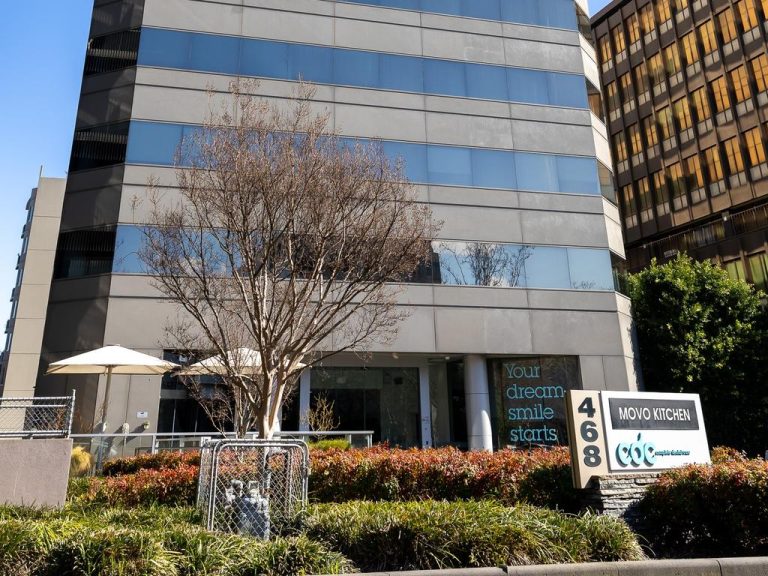Horse riders trot towards Tasmanian agistment property

On the market for the first time since its establishment 36 years ago, Kingston agistment and training centre offers plenty of potential for equine enthusiasts.
Yet the 33ha property is not your average pony club for beginners. Set in the foothills of Kunanyi/Mt Wellington, 15km south of Hobart, the centre is well known within the highly specialised sector for both its extensive facilities and its owner.
The property – owned by trainer and Fédération Equestre Internationale dressage rider Lydia Jackson – comprises 36 paddocks, eight yards, four arenas, a clubroom with a kitchen, and 5km of trails. The equestrian business is for sale, not the land.

The clubroom includes kitchen facilities. Picture: realcommercial.com.au/for-sale
Ms Jackson’s equine-loving parents initially established the property in 1986 before selling it to their daughter in 2015 for $750,000.
She now offers lessons to national and state championship-level riders and the centre is one of few places in the state to provide training for all the three event disciplines of dressage, show-jumping and cross-country.
Plaything with potential
NAI Harcourts sales agent, Kingsley Wallman explained that Kingston agistment had never been run as a large commercial operation, with its net profit of just $50,000 in the 2020-2021 financial year largely derived from agistment rather than regular lessons.
However, there was plenty of scope to improve on this profit.
“The business has really been Lydia’s plaything and it hasn’t made that much money,” he said.
“But you could turn this into a major business if you’re prepared to invest in it, with plenty of available land and infrastructure in place to gear it up to have more horses on agistment and to do more training,” he said.

The 40m fully enclosed lunge arena is regularly utilised by riders and their mounts. Picture: realcommercial.com.au/for-sale
Mr Wallman said that most of the enquiries he’d received were from Hobart horse enthusiasts who had heard about the property from their ties to the equine community.
“These people have clearly started thinking, ‘Maybe I can turn my hobby into a business or take it to the next level’,” he said.
“But there’s nobody who’s really approached it from the business end with thoughts of the scope it holds for becoming a much more profitable venture.”
The property’s currently agisted horses will continue on at the property and another buyer bonus is its location with Kingston – a major satellite town to Hobart – just a five minute drive away.
“There’s nothing south of Hobart like this property,” Mr Wallman said.
“It’s just a matter of getting in there and giving it a go.”
The business is for sale as a going concern via an expressions of interest campaign for offers over $35,000 with a five-year lease on the agistment property with the the option to renew for another five years.
The on-site owners’ residence is also available for separate lease, however the owner will retain the freehold.
Niche market with plenty of appeal
While a specialised market, the thoroughbred breeding industry contributes $1.16 billion a year to the Australian economy according to AgriFutures Australia.
Nutrien Harcourts Tenterfield sales agent Jack Thomas believes the real estate market for equine lifestyle and sports businesses is steadily growing.
“A lot of people these days just really enjoy the basic lifestyle and they don’t want to worry too much … so the demand is there,” he said.
Mr Thomas added that while Sydney property markets might be softening, Tasmania was its own unique centre.
“The number one point about this state is that it’s detached so there’s definitely a limit on space for sale,” he said.
“But if a property has already got infrastructure on it, that’s a bonus, because the short supply of timber has made construction times everywhere ridiculously long.”

There are four arenas at the centre including a 50m x30m indoor arena. Picture: realcommercial.com.au/for-sale
Equestrian architect Luke Jones, who knows Ms Jackson well from his extensive time riding in high-end events competitions, believes the niche sector is a comparatively healthy one while his client variety and budgets are both large and unpredictable.
“There are people who have been involved with horses for generations, people who are very new to horses or those who ride as a lifestyle interest but it’s not all-consuming,” Mr Jones explained.
“Then you have people for whom horses are all-consuming whether it’s because they’re riding as a competitive sport, or just because they love their horses so much.”
Yet even Mr Jones’ clients at C4 Architects with cash to splash on luxury facilities don’t necessarily want to “make a buck” from his designs, he said.
“I have clients who are very seriously committed to dressage, very ambitious and wholeheartedly invested in the equestrian life,” he explained.
“But they’re not building facilities to make a buck or even to have an income ticking over…it’s purely a lifestyle, passion project for them.”







